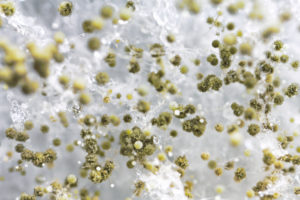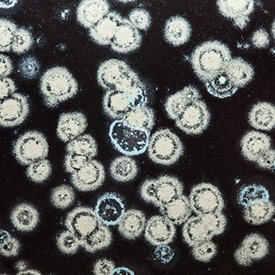Manhattan in the Know: Treatments for Toxic Mold Exposure

The Presence of Mold Can Seriously Impact Your Health
According to the Centers for Disease Control and Prevention, black mold and other varieties can cause a wide range of serious allergic reactions. If your home or building is undergoing Manhattan mold treatment, how can you treat your own health problems?
Over-the-Counter Antihistamines
Antihistamines are a traditional and effective solution for allergic reactions. They provide quick, short-term relief from a runny nose and itchy eyes, and they’re available in both sedating and non-drowsy formulas.
Decongestants
While antihistamines can reduce sneezing, they have no effect on stuffy nasal passages. Decongestant sprays can be helpful in clearing the blockage, especially at night when stuffiness can interfere with sleep. However, they frequently include sedating antihistamines, making them unsafe to use for more than a week.
Prescription Medication
If you need something stronger for long-term use, your doctor can prescribe medication. The Mayo Clinic recommends corticosteroids, which are more effective than prescription antihistamines.
Treating the Cause
Allergic symptoms result from inhaling microscopic mold spores, so you may begin feeling ill before you even know that mold is present. Once you have treated your health problems, it’s time for Manhattan mold treatment of your home or building. The CDC states that indoor humidity levels should be maintained between 40 and 60 percent to prevent future occurrence of black mold.
Efficient and Cost-Effective Manhattan Mold Treatment for Home or Office
Traditional mold remediation is costly, invasive and inconvenient. Our two-step MoldExterm treatment is usually completed within one day and involves no destruction or replacement of building surfaces.
Our cheerful and professionally-trained technicians will perform a thorough mold inspection free of charge. Contact us today for more information.




